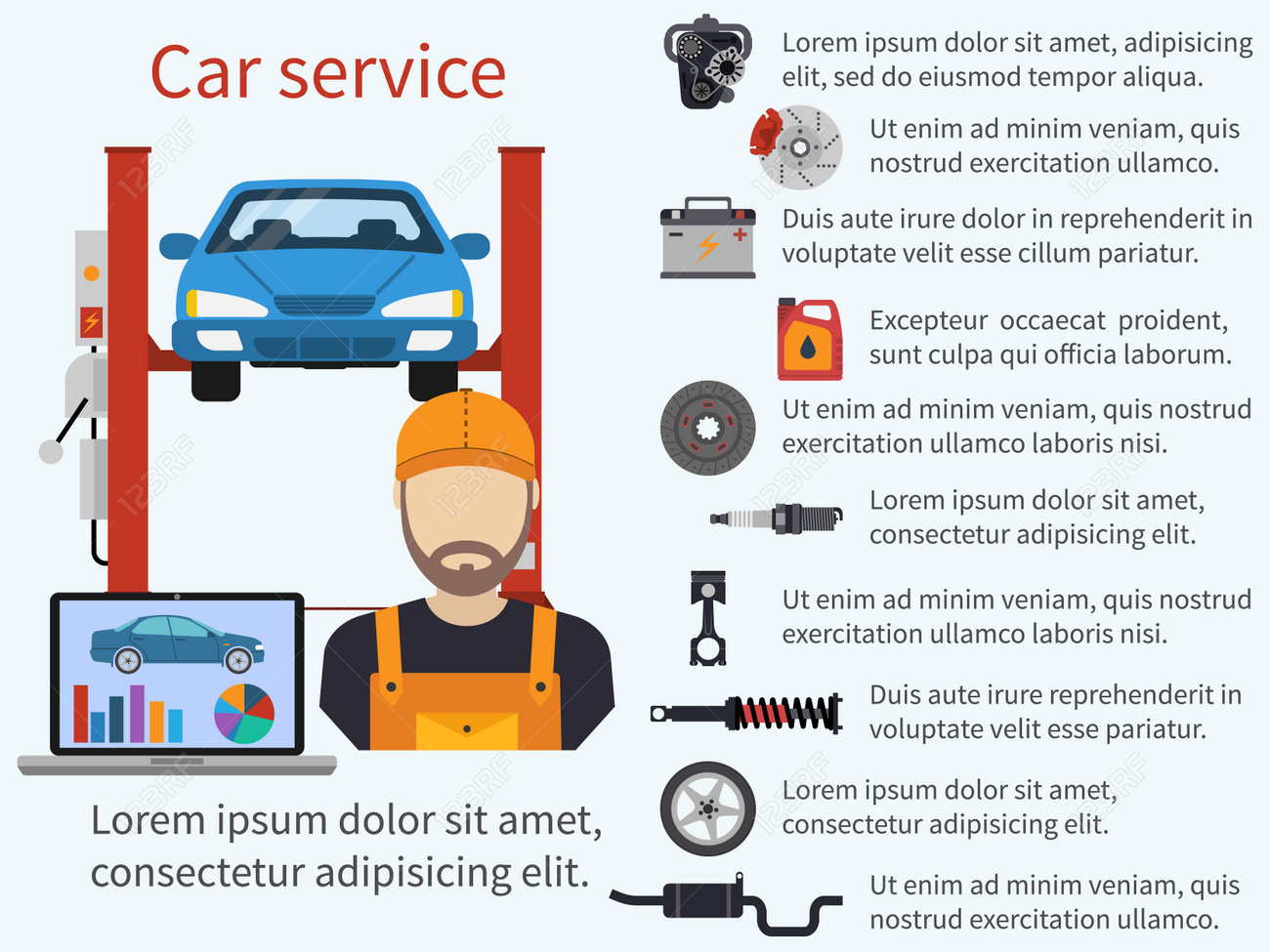When you lag the wheel, those radiant warning lights on your control panel can be a little bit difficult. Do you understand what they're trying to tell you concerning your automobile's health and wellness? Recognizing the value of these lights is important for your safety and the longevity of your lorry. So, the following time one of those lights pops up, wouldn't you want to decipher its message properly and take the necessary actions to address it?
Common Caution Lights and Interpretations
Recognize usual warning lights in your cars and truck and comprehend their significances to make sure safe driving.
The most common warning lights consist of the check engine light, which signals problems with the engine or discharges system. If this light comes on, it's important to have your vehicle examined immediately.
The oil stress warning light shows reduced oil stress, requiring instant focus to stop engine damage.
A blinking battery light might recommend a defective charging system, potentially leaving you stranded if not attended to.
simply click the next site (TPMS) light alerts you to reduced tire pressure, impacting car stability and fuel effectiveness. Neglecting this might lead to dangerous driving problems.
The abdominal muscle light suggests a trouble with the anti-lock stopping system, jeopardizing your capacity to stop swiftly in emergencies.
Lastly, the coolant temperature advising light warns of engine overheating, which can cause serious damage if not settled quickly.
Understanding these common warning lights will assist you resolve issues quickly and keep risk-free driving problems.
Importance of Prompt Interest
Recognizing the usual warning lights in your cars and truck is only the first step; the significance of without delay addressing these warnings can not be highlighted enough to ensure your safety and security when traveling.
When a caution light illuminates on your dashboard, it's your cars and truck's way of connecting a possible issue that requires interest. Disregarding these warnings can bring about a lot more serious problems in the future, endangering your safety and security and possibly costing you a lot more in repairs.
waxing a car to cautioning lights can stop break downs and crashes. For instance, a blinking check engine light might indicate a misfire that, if left unattended, might create damage to the catalytic converter. Addressing this quickly can save you from a pricey repair service.
Similarly, a brake system alerting light may signal reduced brake liquid or worn brake pads, critical elements for your security when driving.
Do It Yourself Troubleshooting Tips
If you observe a caution light on your dashboard, there are a few DIY troubleshooting pointers you can attempt before seeking expert assistance.
The very first step is to consult your cars and truck's handbook to recognize what the particular caution light shows. In professional car detailing services can be as straightforward as a loose gas cap setting off the check engine light. Tightening up car detailing services near me might solve the issue.
One more typical concern is a low battery, which can set off different cautioning lights. Inspecting the battery connections for rust and guaranteeing they're safe and secure might take care of the issue.
If a caution light persists, you can try resetting it by separating the cars and truck's battery for a couple of mins and after that reconnecting it. In addition, examining your vehicle's fluid degrees, such as oil, coolant, and brake fluid, can help troubleshoot advising lights related to these systems.
Conclusion
In conclusion, comprehending your car's caution lights is important for keeping your automobile running smoothly and safely. By promptly attending to these informs and recognizing what they indicate, you can prevent pricey repair services and prospective break downs.
Keep in mind to consult your vehicle's handbook for specific details on each warning light and do something about it as necessary to ensure a trouble-free driving experience.
Remain educated, stay secure when driving!
